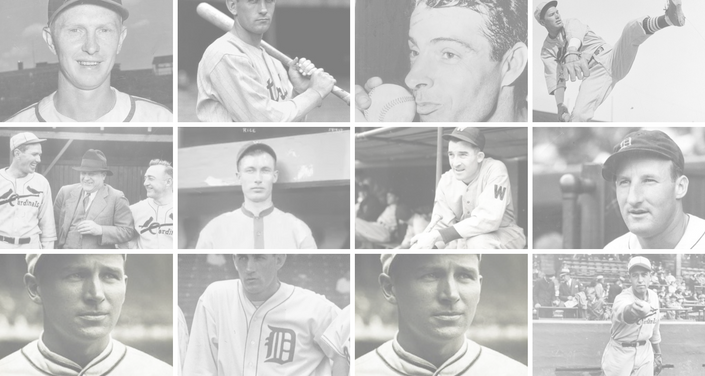From December 2nd, 2021 to March 10th, 2022 the MLB held its ninth work stoppage called the MLB lockout. This is similar to a strike in which work stops until something gets resolved but in the case of a work stoppage it is initiated by the owners rather than the players. This doesn’t mean the players wouldn’t have gone on strike themselves, the owners merely preempted this.
During this time there was no contact allowed between the team and the player. The players weren’t allowed to use the team facilities and no free agents could be signed. This is why you saw a large spike of signings before the lockout. This large increase and then the sudden stop in signings greatly affected the Odds To Win World Series.
Here we have outlined exactly what the MLB lockout was, how it was resolved, and what it now means for baseball.
What Was The Cause?
The main cause for the lockout was the expiration of the 2016 Collective Bargaining Agreement (CBA) between the MLB and the Major League Baseball Association (MLBPA).
With no CBA in place, owners don’t want players playing as the CBA affects many parts of baseball including their pay and work hours. CBAs are usually ratified on a 5-year basis, This time around, more negotiations had to be put in place in order to satisfy both sides.
Players wanted more control over their contracts from a younger age especially since that is when they are considered at their prime. They also wanted to establish greater outlines for free agency especially the eligibility surrounding it and address the declining average pay.
Tanking was also an issue that needed to be fixed. Some teams would trade or release players in the hopes of purposefully finishing with a losing season, this meant they would get higher compensation in future drafts. The MLBPA argued that tanking ruined the sanctity of the sport.
On the other hand, the MLB also had needs they wanted to be met. One of them was narrower ranges for a team’s combined salary and addressing luxury tax.
What Was The Resolution?
The work stoppage only finished when a new agreement was signed between the MLB and MLBPA. It took 3 months for this to be met with many talks having taken place.
The final CBA introduced better compensation for younger players with the minimum salary being increased to $700,000. Tanking was also limited and measures would be put in place to limit it.
The most obvious way of limiting tanking was the change in the draft pick. Instead of the draft being done in the reverse order of last year’s standings, the order is now similar to that of the NFL draft. This new format better reflects the competitive play of the game and hopefully minimized tanking as it did in other sports.
The tax threshold was also increased to $230 million. Awards also became more important for players with a $50 million pre-arbitration bonus which will be paid through a series of stat calculations.
The winners of Rookie of the Year will also get a full year of service time.
What Else Resulted From It?
While the lockdown was in place, Opening Day had to be postponed from March 31st to April 7th and spring training was halted. They also had to reschedule the first 2 series of the season to a later date.
Apart from the new CBA benefitting the players, it also changed how the game of baseball will be played in the future.
One change is the introduction of a designated universal hitter, and that playoffs have expanded to a 12-team format.
The CBA also dissolved the infamous 163rd game. There will no longer be a tie-breaker game needed as the winner will be determined by a soon-to-be-created mathematical program to figure out which team wins.
Conclusion
This lockout was the first work stoppage to appear in the MLB since the 1994-95 strike which cancelled the 1994 World Series. This was also the first player lockout since the one in 1990 and is the second longest player lockout in MLB history.
The fan response to the lockout was a negative one with fans blaming owners, players, and the MLB for the stalemate in negotiations. Some of the proposed changes were negatively received by fans including the prospect of larger bases which they believed would make the game too easy despite how much it might deter player injuries.




